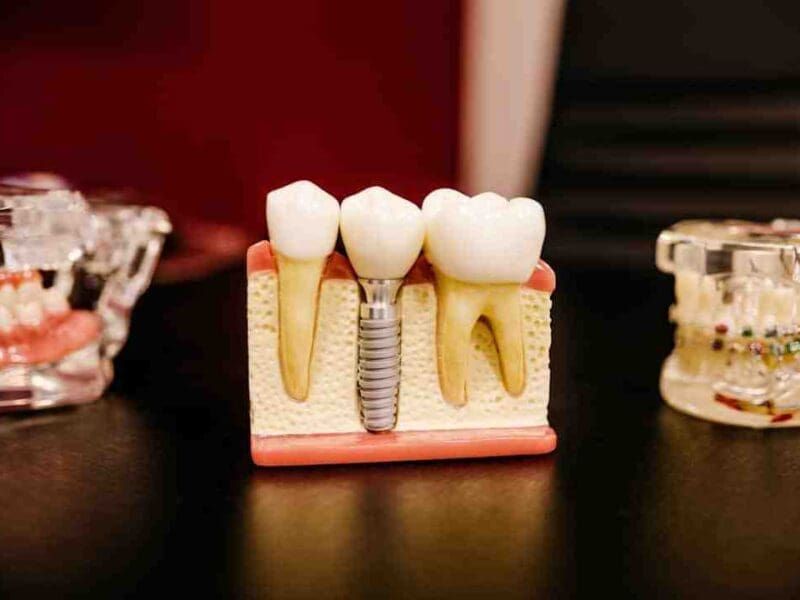
The Path to Becoming a Doctor: Your Guide to Studying Allopathic Medicine
The road to becoming a doctor is long and challenging, but ultimately rewarding. To start, you must obtain a bachelor’s degree in any field of studying allopathic medicine with prerequisite courses in biology, chemistry, and physics. Following this, aspiring doctors must take the Medical College Admission Test (MCAT) and apply to medical school. After acceptance into medical school, students will complete four years of coursework and clinical rotations.
Upon graduation from medical school, aspiring doctors are required to complete residency training in their chosen specialty for a period of three to seven years. During this time, residents work under the supervision of experienced physicians while gaining hands-on experience treating patients.
Finally, after completing residency training and passing licensing exams, doctors can begin their practice as licensed physicians. While the path may be long and difficult at times, becoming a doctor is an incredible achievement that allows individuals to make a significant impact on the lives of others through healthcare.
Pre-Medical Requirements: Education and Training
To become a doctor, one must first complete the necessary pre-medical requirements. These requirements typically include courses in biology, chemistry, physics, and mathematics. These courses provide students with the foundational knowledge needed to succeed in medical school and later as practicing physicians.
In addition to completing coursework, aspiring doctors must also gain practical experience through internships or shadowing opportunities. This can include working alongside physicians in hospitals or clinics to observe patient care and treatment. Such experiences are crucial for helping students understand the realities of medical practice and determining if medicine is truly the right career path for them.
Finally, successful candidates must earn high scores on standardized exams such as the MCAT (Medical College Admission Test) before they can apply to medical school. Admissions committees use these scores as a measure of an applicant’s academic ability and potential success in medical school. With all these requirements met, aspiring doctors will be well-prepared to take on the rigorous curriculum of allopathic medical training.
Medical School Application Process
The medical school application process can seem daunting, but with careful planning and preparation, it can be manageable. Before anything else, it is important to understand the prerequisites for applying to medical school. These typically include completing a bachelor’s degree program and fulfilling specific course requirements in subjects such as biology, chemistry, physics and math.
Once you have met the prerequisites, the next step is to take the Medical College Admission Test (MCAT). The MCAT is a standardized test that measures your knowledge of physical sciences, biological sciences, verbal reasoning and writing skills. A good score on the MCAT can help increase your chances of being accepted into medical school.
After taking the MCAT and obtaining your scores, it’s time to compile all necessary documents for your application. This includes transcripts from all colleges attended, letters of recommendation from professors or employers who know you well enough to attest to your academic abilities or work ethic as well as a personal statement that highlights why you are passionate about medicine and why you would make an excellent doctor. Once everything is prepared, carefully reviewed multiple times by yourself and other trusted professionals in your life like friends or family members before submitting it all!
Medical School Curriculum and Learning Environment
The medical school curriculum is designed to provide students with a comprehensive understanding of the human body, disease processes, and treatment approaches. The learning environment is structured to be both challenging and supportive, with students receiving guidance from experienced faculty members throughout their studies. Medical school typically begins with foundational courses in basic sciences such as anatomy, physiology, biochemistry, and pharmacology.
As students progress through the curriculum, they are exposed to more advanced topics such as pathology, microbiology, immunology, and genetics. Clinical training also plays a significant role in medical education. Students participate in rotations where they work alongside physicians and other healthcare professionals to gain hands-on experience diagnosing and treating patients.
The learning environment at medical schools can vary depending on the institution’s size and location. However, most programs prioritize small class sizes that allow for individualized attention from faculty members. Additionally, many schools provide resources such as tutoring services and study groups to help students succeed academically. Overall, the combination of rigorous coursework and clinical training prepares future doctors for successful careers in medicine.
Residency and Board Certification
After completing medical school, aspiring physicians must participate in a residency program to gain practical experience and further their education. Residencies typically last three to seven years, depending on the specialty. During this time, residents work under the supervision of licensed physicians and are responsible for patient care. The goal of residency is to prepare doctors for independent practice by providing them with hands-on training and exposure to various medical scenarios.
Board certification is an optional credential that signifies a physician’s expertise in a particular specialty or subspecialty. The process involves passing an exam administered by a board recognized by the American Board of Medical Specialties (ABMS). Some specialties require board certification in order to practice, while others do not. Obtaining board certification can be beneficial for career advancement and may increase patient trust in a physician’s abilities.
In conclusion, residency and board certification are important components of becoming a fully licensed physician in allopathic medicine. Through residency programs, doctors gain practical experience and knowledge that will serve them well throughout their careers. Board certification demonstrates expertise in specific fields and can enhance professional opportunities within those specialties.
Beyond Medical School: Specializations and Career Paths
After completing medical school, doctors have the option to pursue a wide variety of specializations and career paths. Some choose to continue their education with a residency program in a specific field, such as surgery, obstetrics and gynecology, or cardiology. Others may opt for fellowships that provide additional training in subspecialties like pediatric oncology or geriatrics.
Alternatively, some doctors may choose to shift their focus entirely and pursue careers outside of traditional clinical settings. This can include roles in public health policy, healthcare administration and management, or medical research. For those interested in entrepreneurship or innovation, there are also opportunities to start their own biomedical companies or work with startups developing new technologies.
Whatever path they choose after completing medical school, it’s important for doctors to stay up-to-date with the latest advances and best practices within their field. Continuing education through conferences, seminars, and professional development courses is crucial for success in any specialization or career path.







